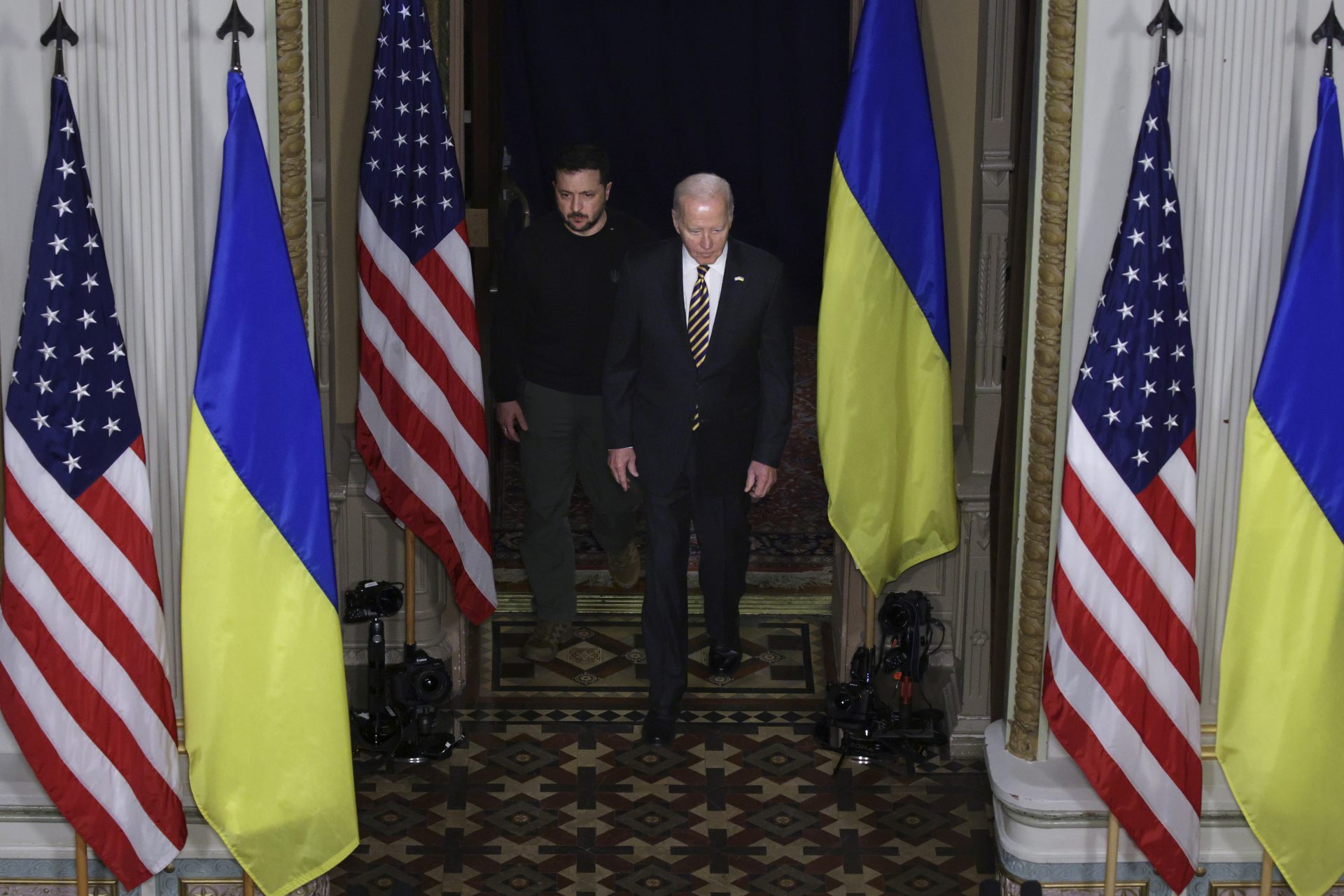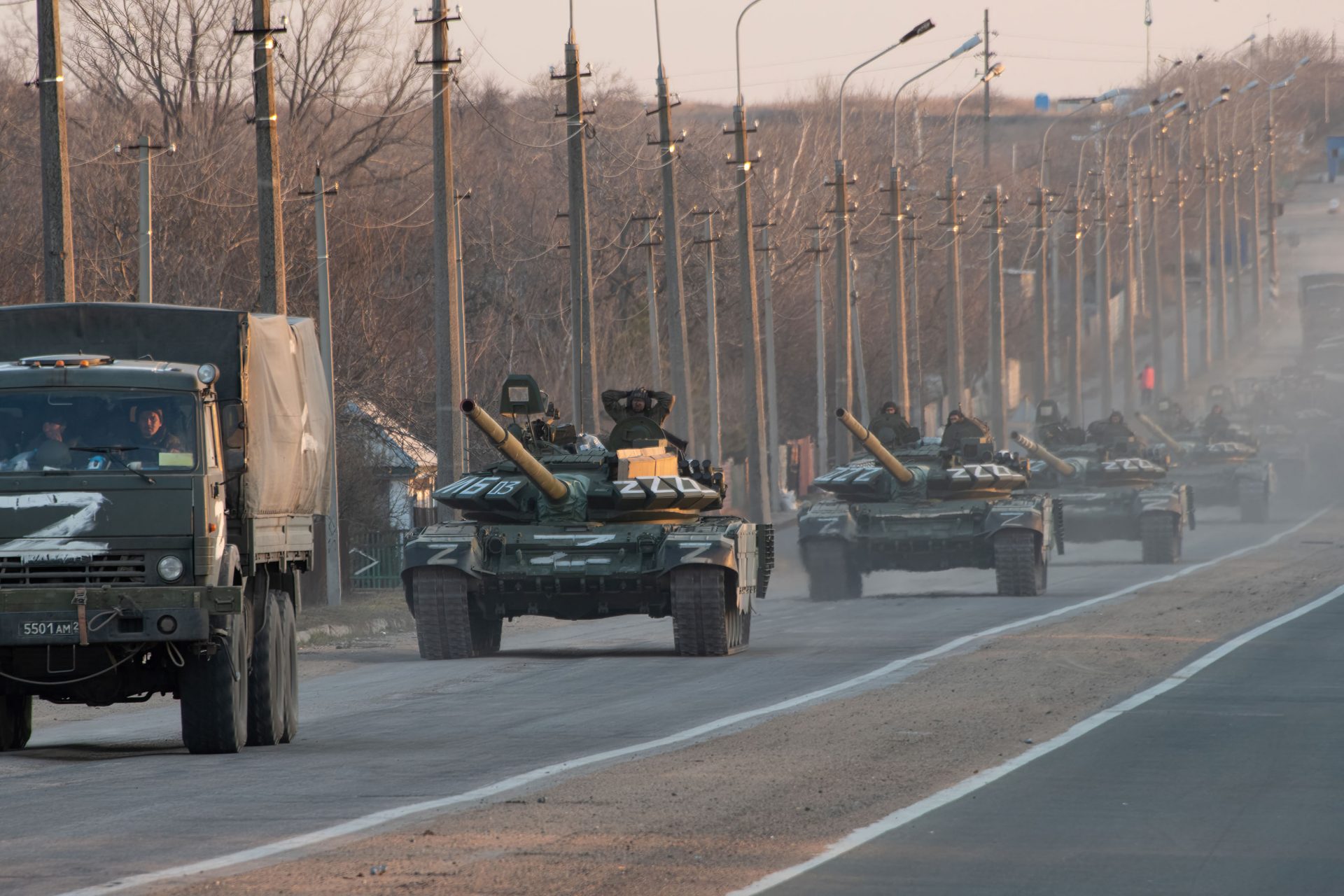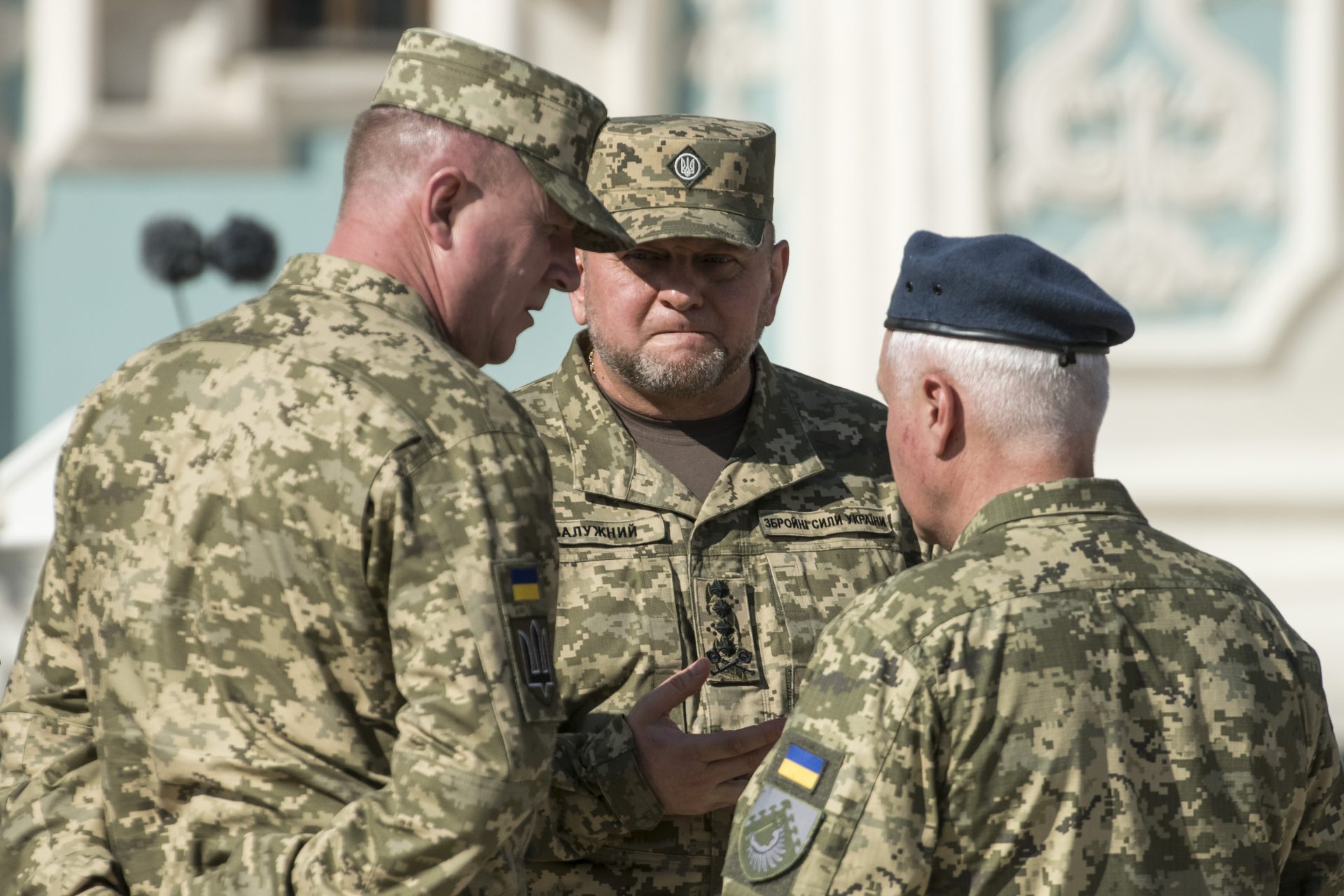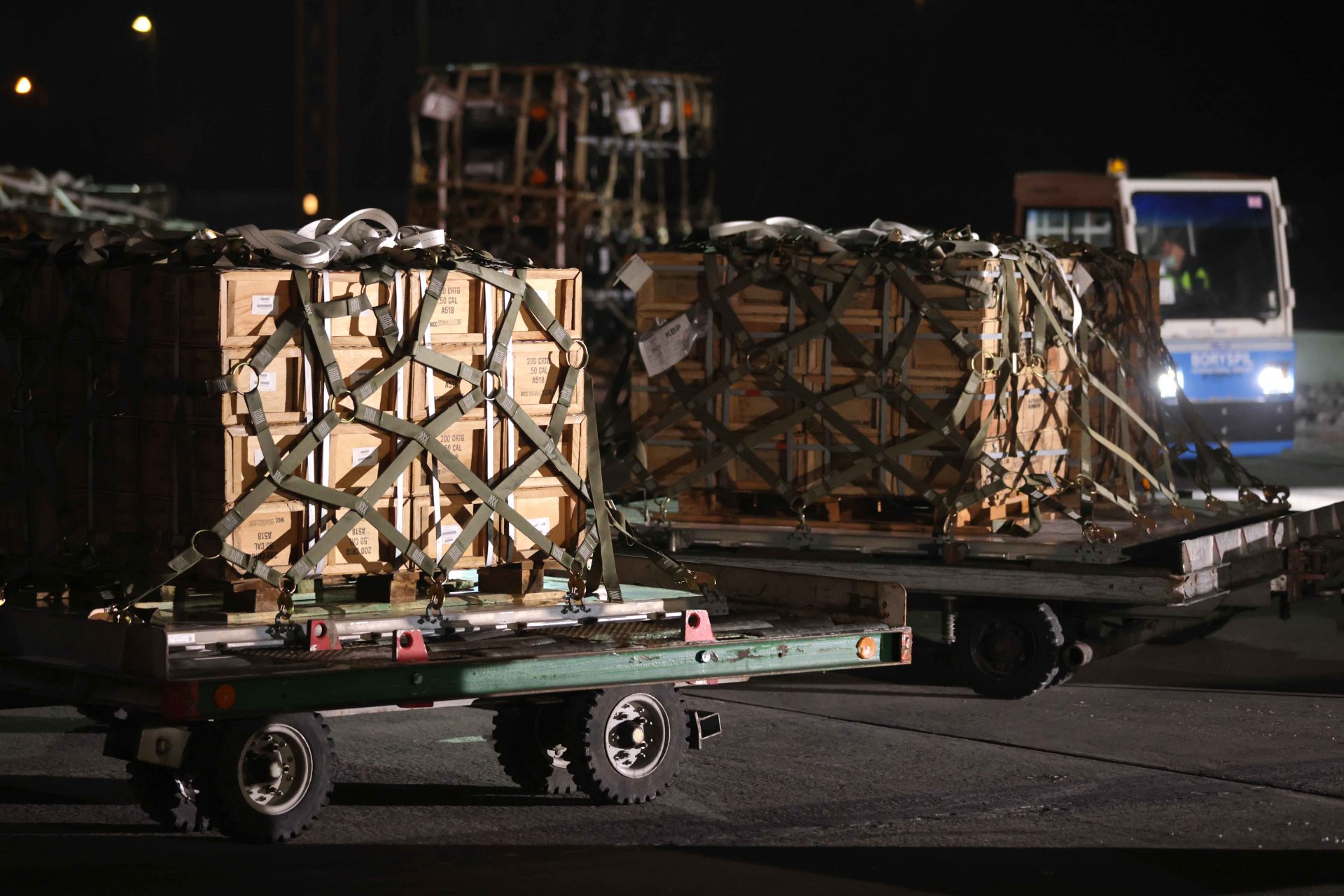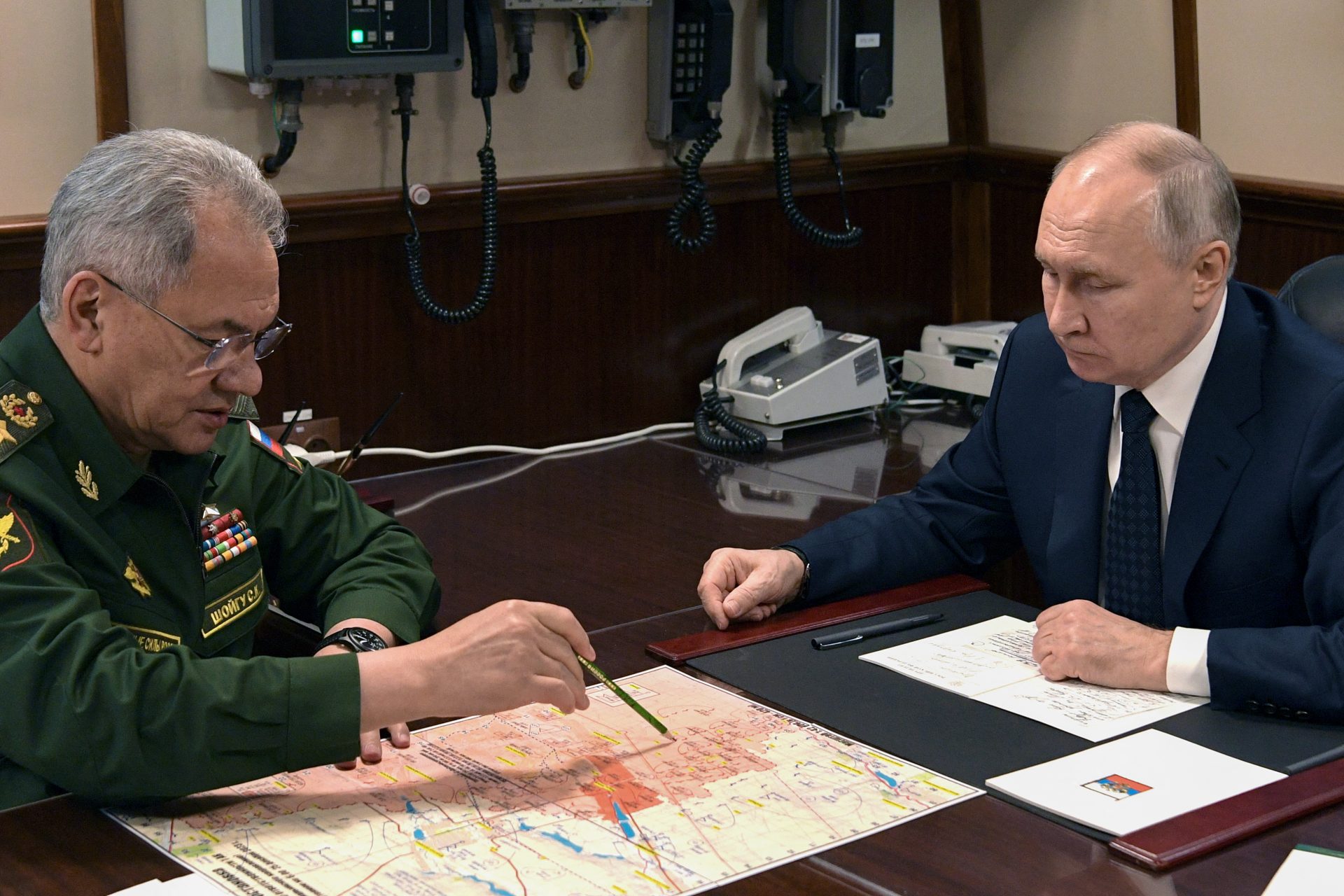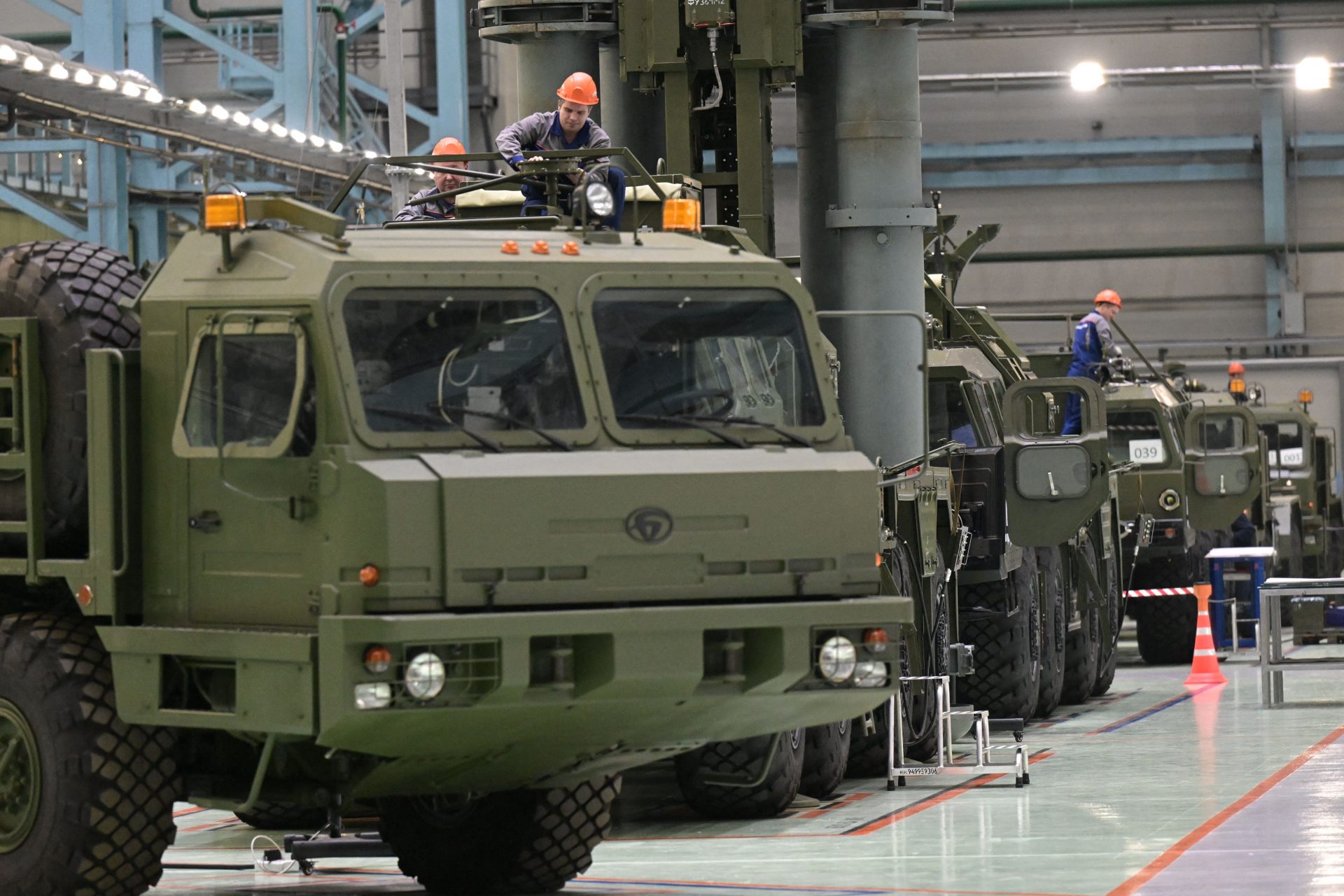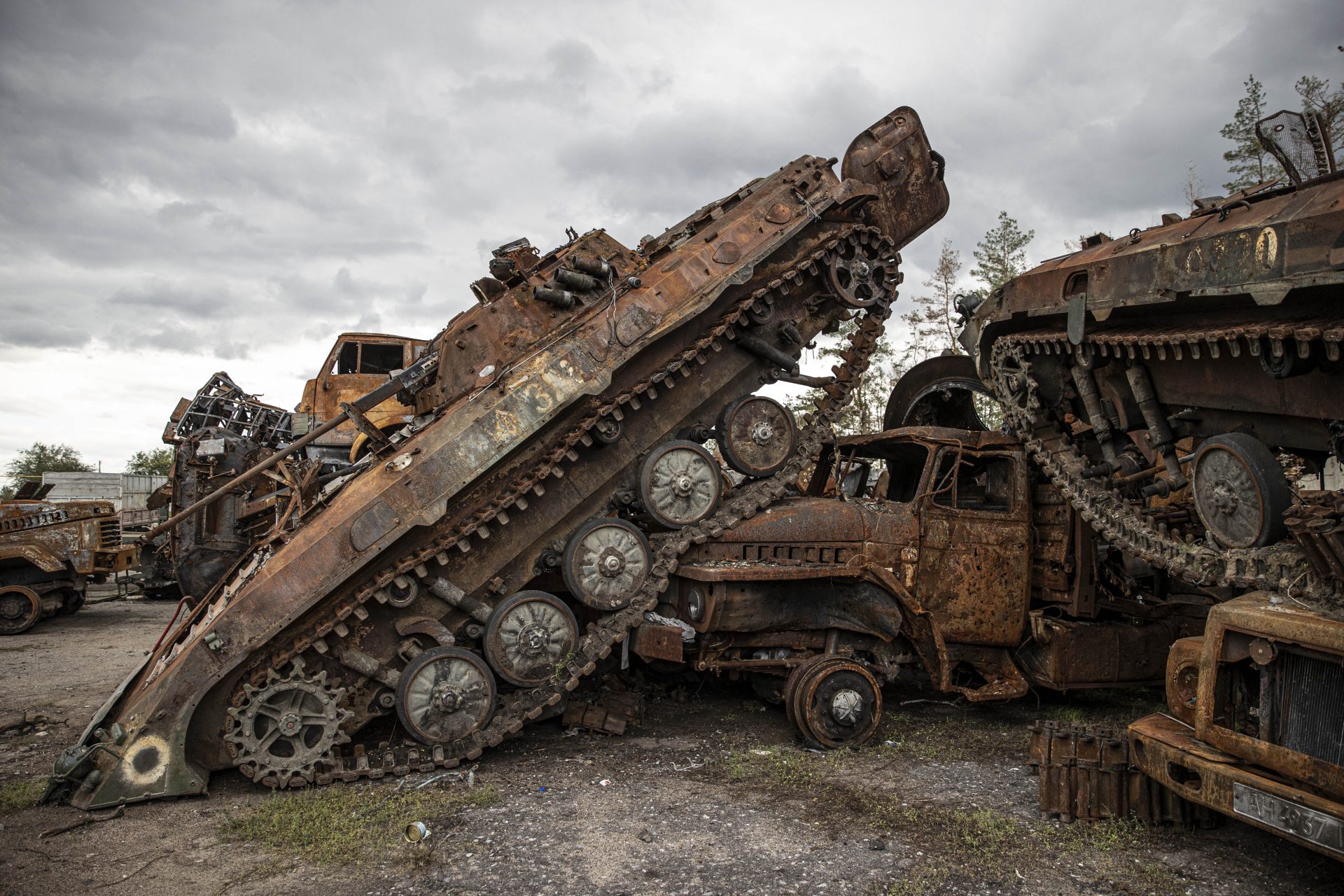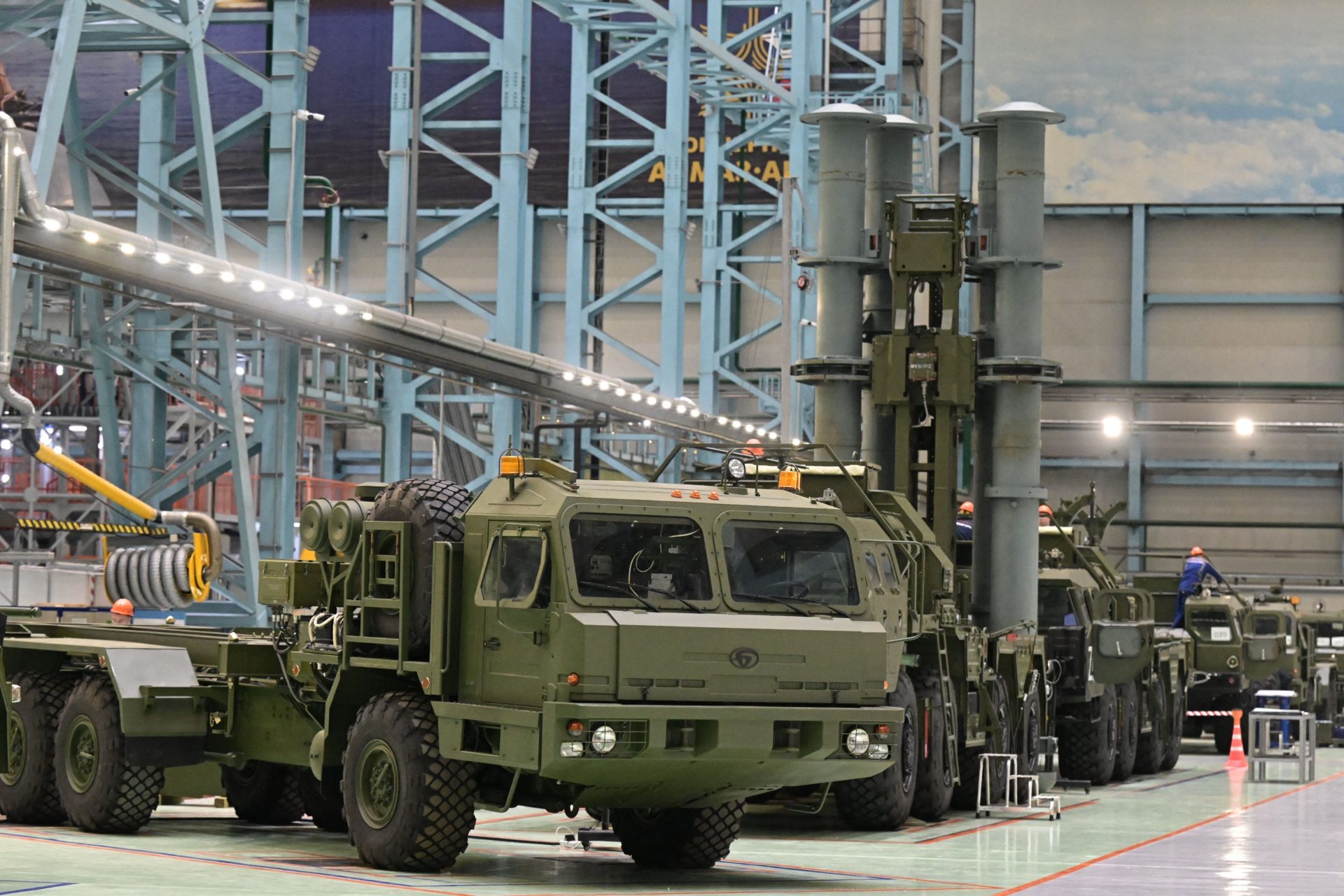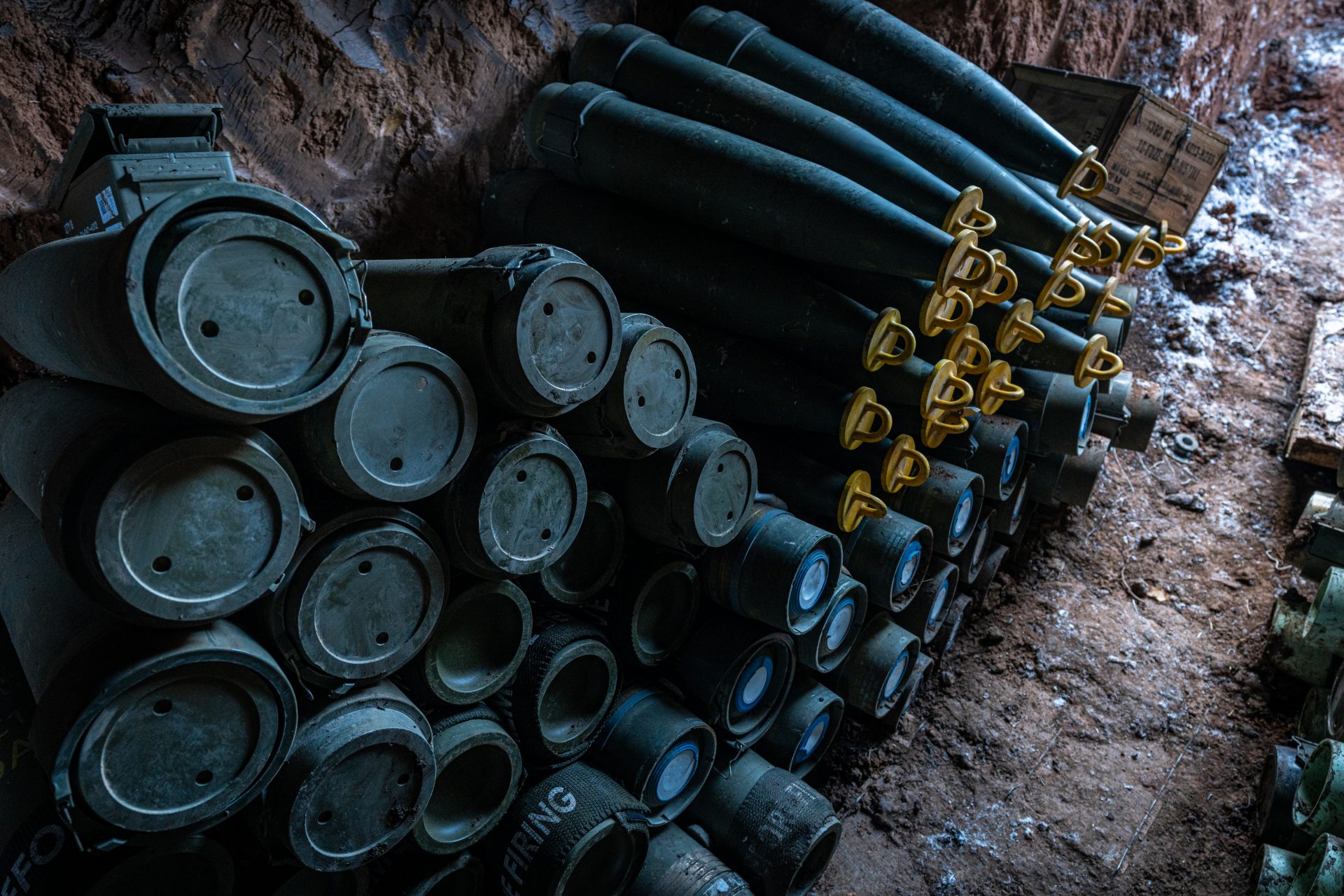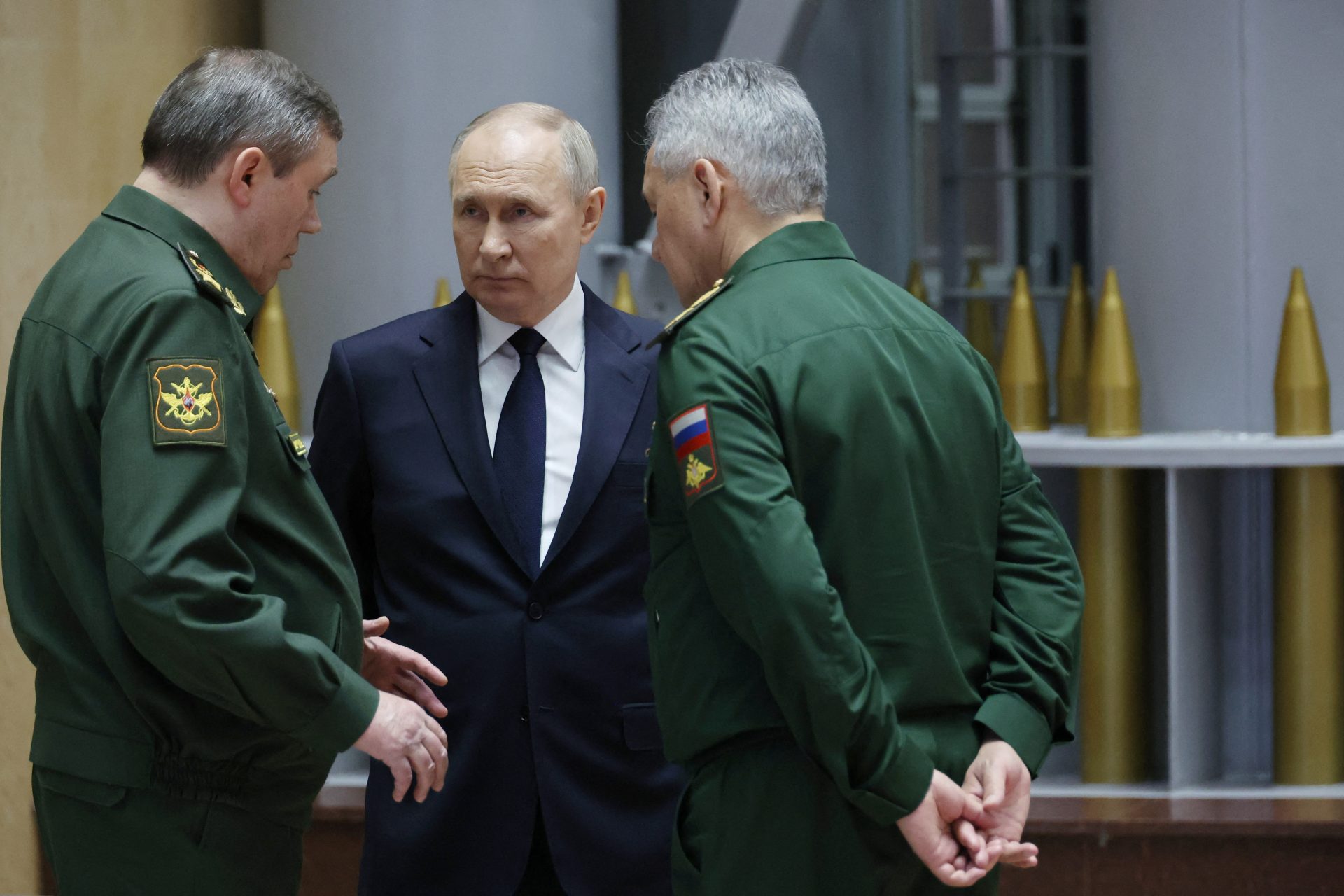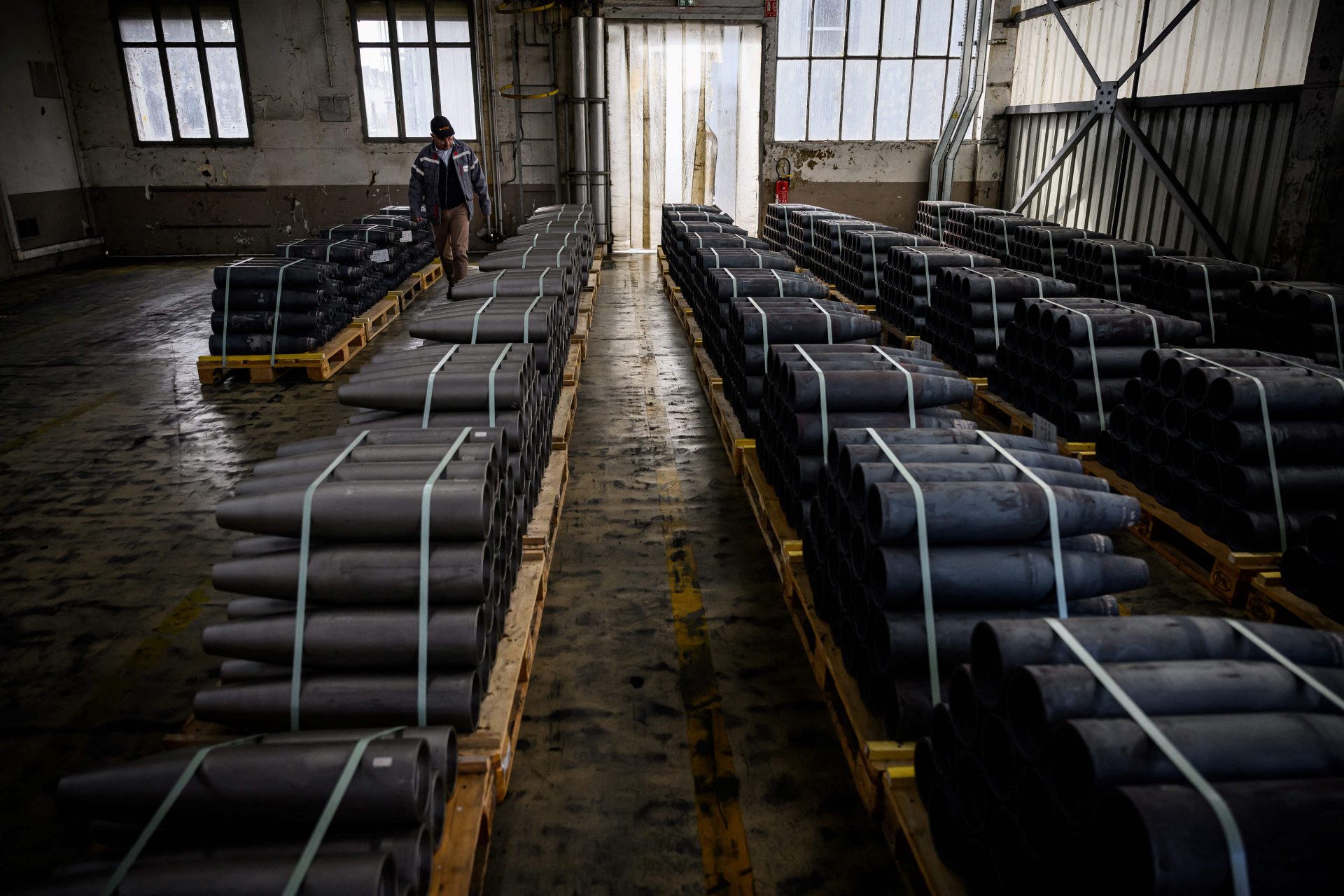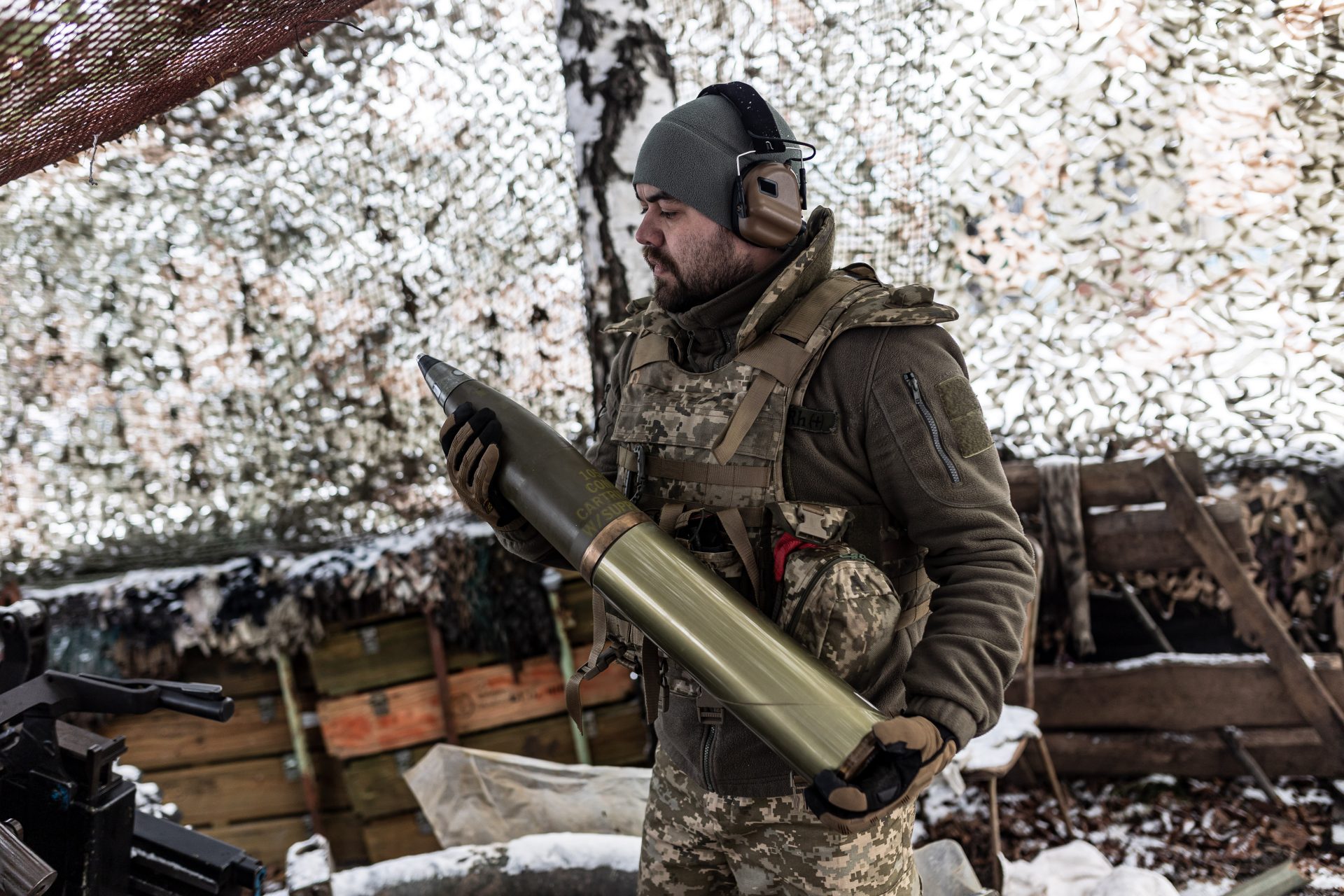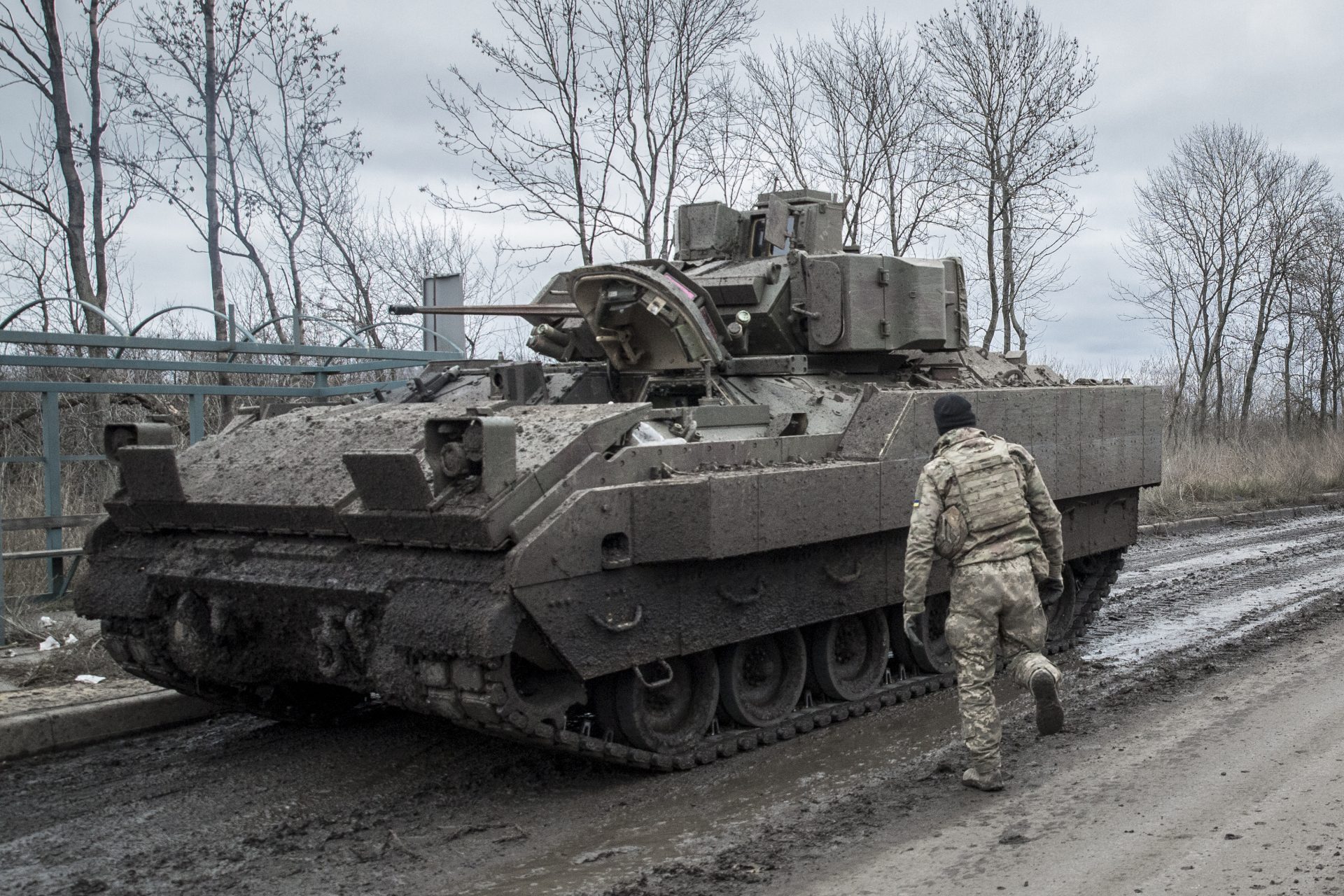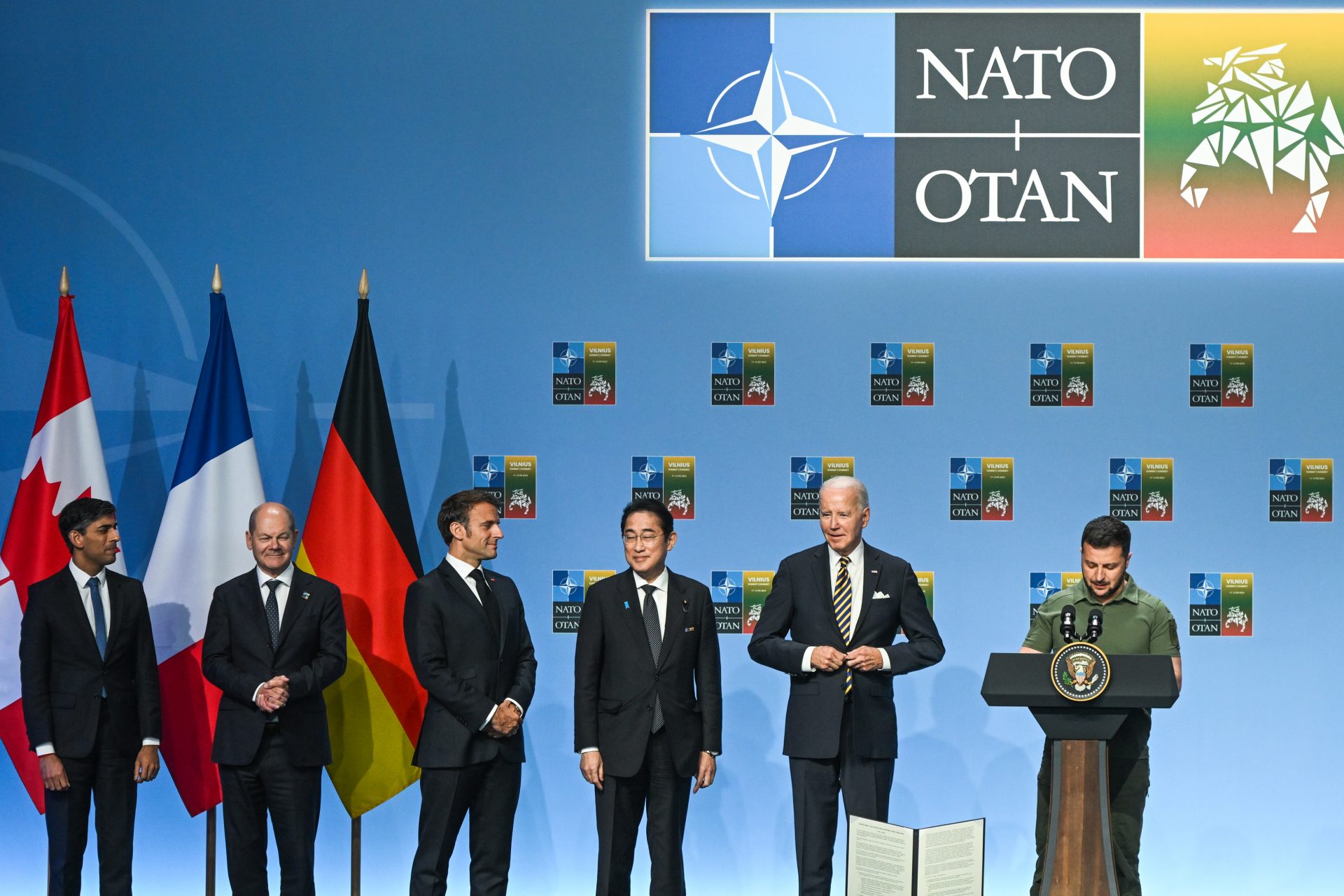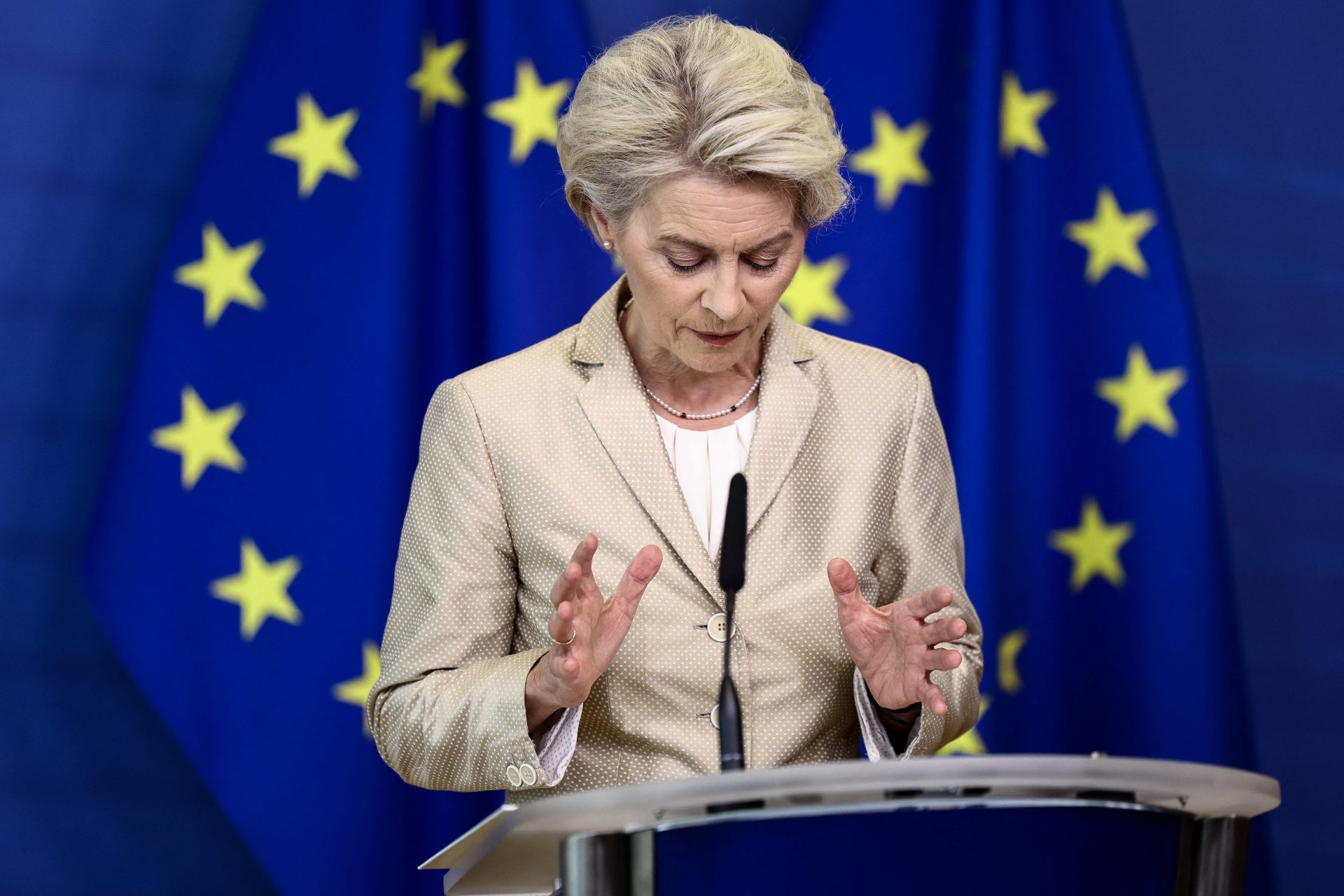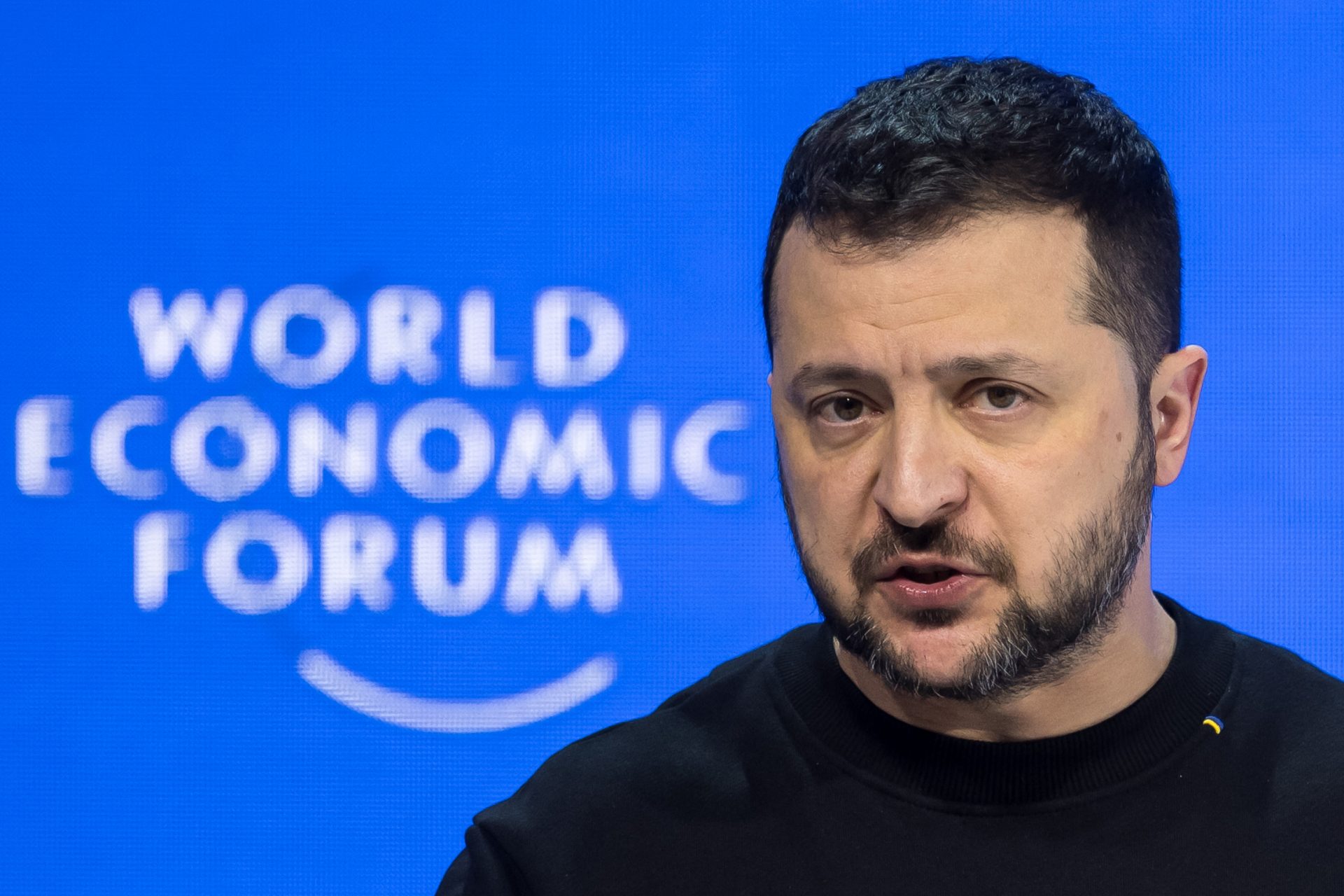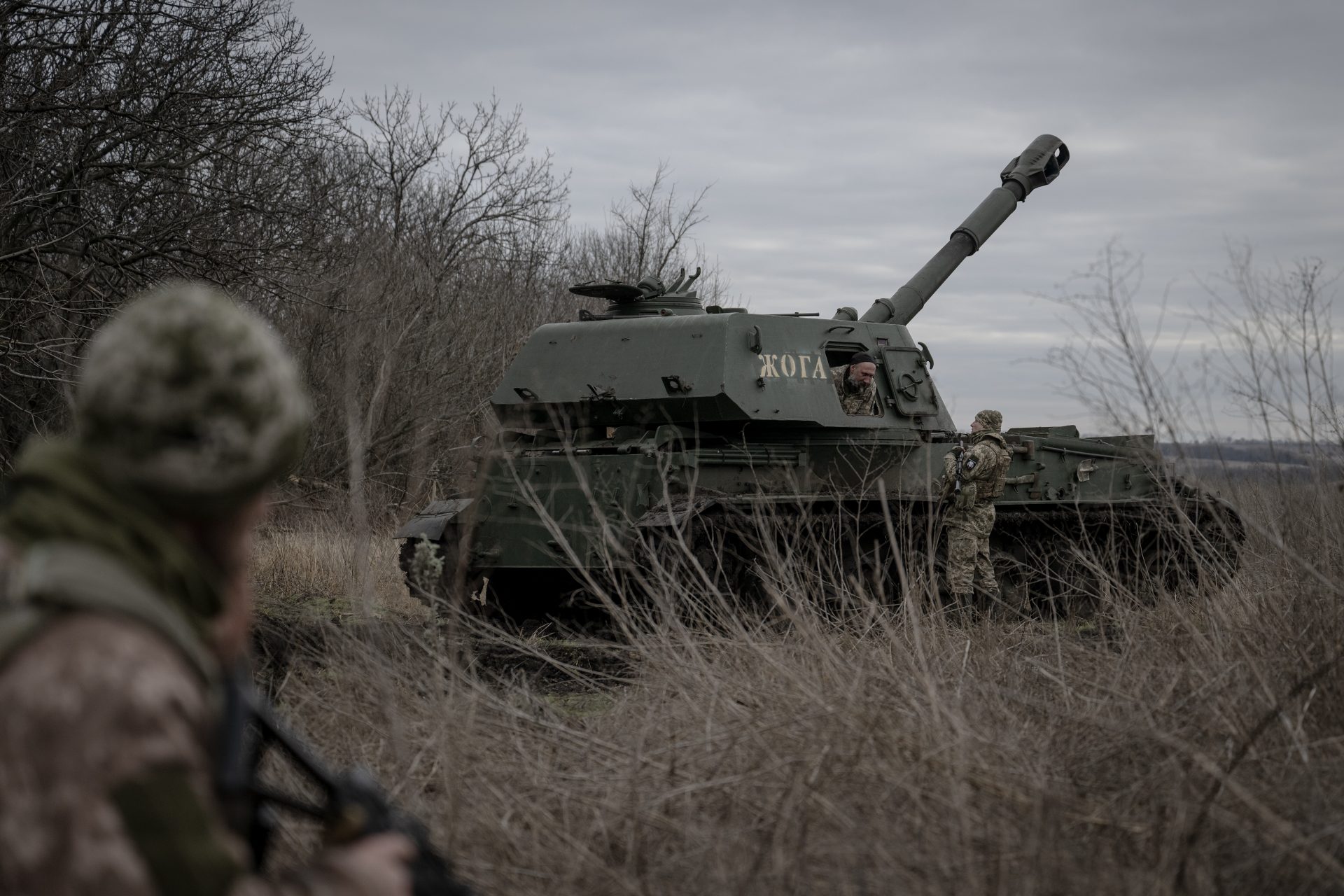Have the US and its European allies underestimated Russia?
Have leaders in the United States and Europe underestimated Russian capabilities? It’s an interesting question to think about considering how wrong the early predictions of the war would turn out to be. But the situation has changed over the last two years.
Intelligence officials in the United States told the White House that Russia would win the conflict in a matter of days according to a report from The Intercept in October 2022. Other reports predicted Kyiv would hold out for weeks.
The Central Intelligence Agency was one of many Western groups that were pessimistic about Ukraine's chances of holding off Russia and told President Joe Biden the best they could hope for was a guerilla war following the fall.
However, none of the predictions made about Ukraine would come to pass. Russia was stopped a few months into the invasion, and 2022 would see several Ukrainian victories that took back large swaths of territory Russia captured.
Following the surprise counter-offensive in Kharkiv Oblast and the drawn-out win on the right bank of the Dnipro River, the war has settled into what the Commander-in-Chief of the Ukrainian Armed Forces Valerii Zaluzhny called a stalemate during an interview with Time Magazine.
This is where Ukraine and its Western allies have run into complicated issues that have hurt the country’s ability to push Moscow out of the territory that it still occupies. But this period of the war also marked a major change for the Kremlin.
Western intelligence agencies weren’t the only ones who thought the conflict in Ukraine would be over quickly. In March 2022, several media outlets reported that Vladimir Putin thought that he would be able to capture Kyiv in just two days.
However, when the Russian speed assault on Ukraine failed, and leaders began to see that the war wasn’t going to be a quick affair, they began planning to fight a long war of attrition and started building up the country’s military capacity.
In January 2023, the Wasington-based think tank The Atlantic Council reported that the end-of-year speech Putin gave in 2022 indicated Moscow was preparing for a long fight, and that prediction has proved true after another year of war.
For example, the approved Russian budget for 2024 pushed defense spending to 10.78 trillion rubles, which is roughly $109 billion. This figure represents 29.4% of all the 36.66 trillion rubles Russia plans to spend according to Reuters.
Much of that defense spending is likely being poured into the production of new military vehicles and equipment to replace what’s been lost during the war, and Russia has lost a lot of equipment over the last two years of fighting.
The Dutch open-source intelligence firm Oryx has been tracking losses on both sides of the conflict using only verifiable photo and video evidence. As of January 27th, Russian vehicle and equipment losses reached at least 14,115.
Part of the Russian shift towards fighting a longer war has seen the country rebuild its lagging military vehicle and equipment production facilities. However, reliable evidence that can support this claim is difficult to trust since it relies on Russian figures.
In January 2024, Newsweek reported on production figures published by the Russian Ministry of Defense in its year-end report and noted that 1,500 tanks were delivered to the Russian Armed Forces, as well as 22,000 drones.
Russian military production facilities were also able to produce 2,220 armored vehicles, 1,400 rockets and artillery vehicles, as well as 12,000 automobile vehicles. Whether or not these numbers are true does matter, but were they predicted?
Commander of the Estonian Defense Forces Martin Herem believes that the West has underestimated the capabilities of Russia and has called for NATO countries to prepare for a longer war, especially when it comes to weapons production.
Bloomberg News reported that Herem referenced that many believed Russia would not be able to manufacture more than one million artillery shells in 2023, but added that the country was able to surprise that number.
“A lot of people thought they couldn’t go beyond that — today, the facts tell us otherwise,” Herem explained during an interview in Estonia’s capital according to Bloomberg News. “They can produce even more — many times more — ammunition.”
In September 2023, an unnamed intelligence source told Reuters the Russian military could up its artillery shell production to as many as 2 million shells a year, but also said that between 10 and 11 million shells had been fired up until that point in the war.
Europe has been struggling to meet its artillery commitments to Ukraine while the United States has yet to pass a new round of security aid for Ukraine as of January 27th, which means the vital flow of weapons and munitions to Kyiv has been halted.
The European Union promised Kyiv it could provide at least a million shells but Politico noted in November 2023 that the economic bloc had only supplied roughly 300,000 at the time Politico reported on the issue.
However, Herem isn’t the only high-profile official to warn the West not to underestimate Russia. On January 5th, 2024, NATO Secretary-General Jens Stoltenberg warned that it was dangerous for the alliance to underestimate Moscow.
"They have shown a great willingness to tolerate losses and suffering," Stoltenberg said according to Reuters. "We have no indication that President Putin has changed his plans and goals in Ukraine. So it's dangerous to underestimate Russia."
Whether or not Western leaders are underestimating what Russia is willing to do now in order to win the war isn’t known, but the lack of a clear direction on funding from the US certainly lends some credence to the idea.
However, the US has been mired in budget issues. The European Union has done the opposite and rallied around the Ukrainian cause. It is working on a $50 billion plan to boost military aid to the embattled Ukrainians, according to Bloomberg News.
However, the lack of Western military aid has proven to be a challenge accruing to President Volodymyr Zelensky, who warned during an interview at the World Economic Forum that the consequences of losing Western aid completely would be dire for Ukraine and the world.
"We will be weak on the battlefield. We will have a large shortage of artillery, we will have a very large shortage of air defense missiles, which means that we will not be able to repel ballistic missile strikes, and so on," Zelensky said, according to Business Insider.
"Ukraine will struggle, Ukraine will be weaker, and this will be an opportunity for Russia to invade us," Zelenskyy said. "And as soon as they have invaded us, believe me, it will be a war between NATO and the Russian Federation."
More for you
Top Stories



